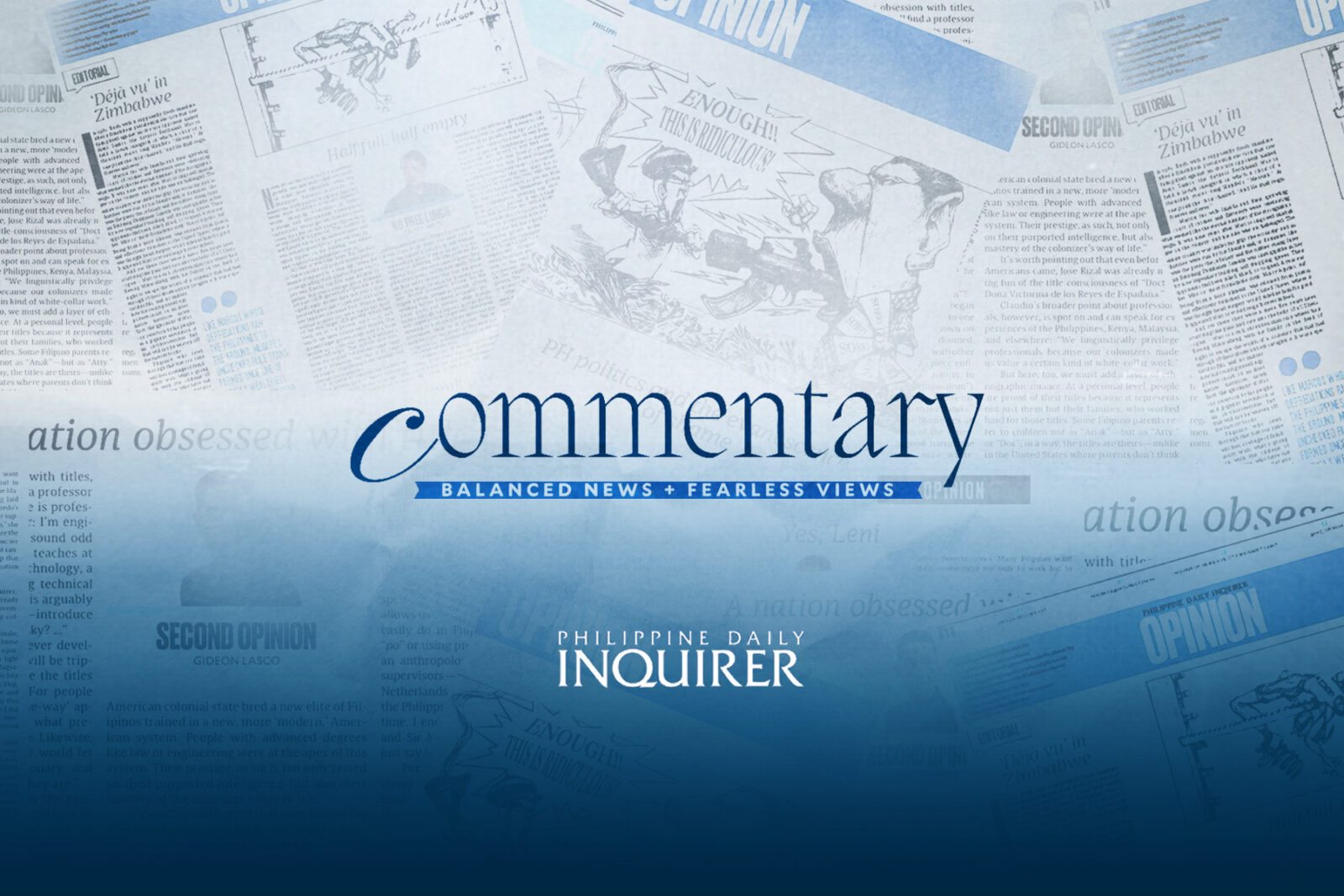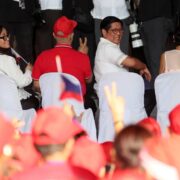Antidote to expected disruption by Trump 2.0

As United States President-elect Donald Trump completes his Cabinet nominations, still subject to legislative approval after January 2025, the policy intentions of his second term have become relatively clear. The nominees are mostly white males, right-wing loyalists, with media experience, and inclined toward tariffs and isolationist bent. The influence of the tech moguls, such as Elon Musk, is ascendant, while Commerce Secretary nominee and billionaire Howard Lutnick will enforce all the tariffs to protect American jobs. Three front-runners for the treasury secretary post have emerged, most of them former CEOs, billionaire-investors, and finance insiders.
Trump will come into office with an unprecedented strong hand, having Republican control of the House, Senate, and Supreme Court majority. He will be tough on rivals and allies alike, preferring bilateral negotiations, rather than working through multilateral channels, which he finds constricting his transactional style.
His policy road map was detailed by the 922-page right-wing Heritage Foundation’s Project 2025, the blueprint for a conservative President to “dismantle the administrative state and return power to the states and the American people.” Musk will take charge of a “Department of Government Efficiency (DOGE),” that would operationalize the dismantling of government bureaucracies, agency by agency.
The tools of tariffs, sanctions. and executive orders will be used to possibly make either the biggest overhaul of American bureaucracy in recent history, or a damaging disruption of internal administration and external order. The report’s anti-China stance is evident in almost every chapter, including the banning of TikTok. As the Chapter on Department of Defense stated, “By far the most significant danger to Americans’ security, freedoms, and prosperity [is China.]”
On the other side of the Atlantic, Europe is clearly worried that Trump will do a deal on Ukraine, leaving Europe to bear the brunt of funding Ukraine in either continuing the debilitating war with Russia, or reconstructing its ruined economy. To avoid tariffs and protectionist policies, European manufacturers are all shifting their investments into the US at a time when Europeans are facing painfully high energy and labor costs, invasion of cheap Chinese electric vehicles, and loss of competitiveness in technology and innovation.
Former Italian prime minister Mario Draghi minced no words to say that Europe faces an existential challenge. There are three top priorities; (1) refocus efforts to narrow the innovation gap with the US and China; (2) a joint plan for decarbonization and competition; and (3) increasing security and reducing dependencies (namely, not relying on the US fully for European defense).
Given the reality that Trump 2.0 will act quickly to show its power and effectiveness, the rest of the world has three fundamental options: (1) accept Trump directives meekly; (2) diversify and not take sides; and/or (3) self-strengthening to become more resilient to a volatile world order.
Realists can only conclude that self-strengthening must be the main thrust, which would require each country to undertake painful reforms based on domestic comparative advantages to immunize itself against a fragmenting global order, increasing climate heating, natural disasters and possibly outright war.
The real macroeconomic threat to the global economy is the rapid growth of American debt—from $18.15 trillion in 2015 to $35.85 trillion as of October 2024—and its strengthening dollar. The US 10-year Treasury yields have already risen to reflect fears that Trump 2.0 will continue to spend and cut taxes. Higher US interest rates dampen the global economy, because more global savings will flow toward dollar assets to chase higher yields. That leads to a stronger dollar, encouraging more US trade deficits despite higher tariffs. Attempts by the US to unilaterally depreciate the dollar are self-defeating, because basically everyone will simply devalue around the dollar by lowering their interest rates.
Fundamentally, global ambitions for net zero are seriously damaged by the Trump 2.0 administration’s dislike of green policies. Furthermore, without Great Power cooperation, it will be tough to get the multilateral financial institutions to help developing countries achieve the Sustainable Development Goals of social plus planetary justice. At the same time, developing countries will have to spend more on artificial intelligence, robotics, education, and reskilling to reduce the digital and knowledge gap with the Great Powers.
In sum, Trump 2.0 will see every country going for self-interest and self-strengthening, in an era of less cooperation and more fragmentation. They will cooperate with the US only under coercion or tariff/sanction threats. Given Trump’s character, there could be different outcomes, but so far, it is tough to see the path towards peaceful nights without more stunning surprises. Asia News Network
—————-
Andrew Sheng is former chair of the Hong Kong Securities and Futures Commission.
—————-
The Philippine Daily Inquirer is a member of the Asia News Network, an alliance of 22 media titles in the region.

















